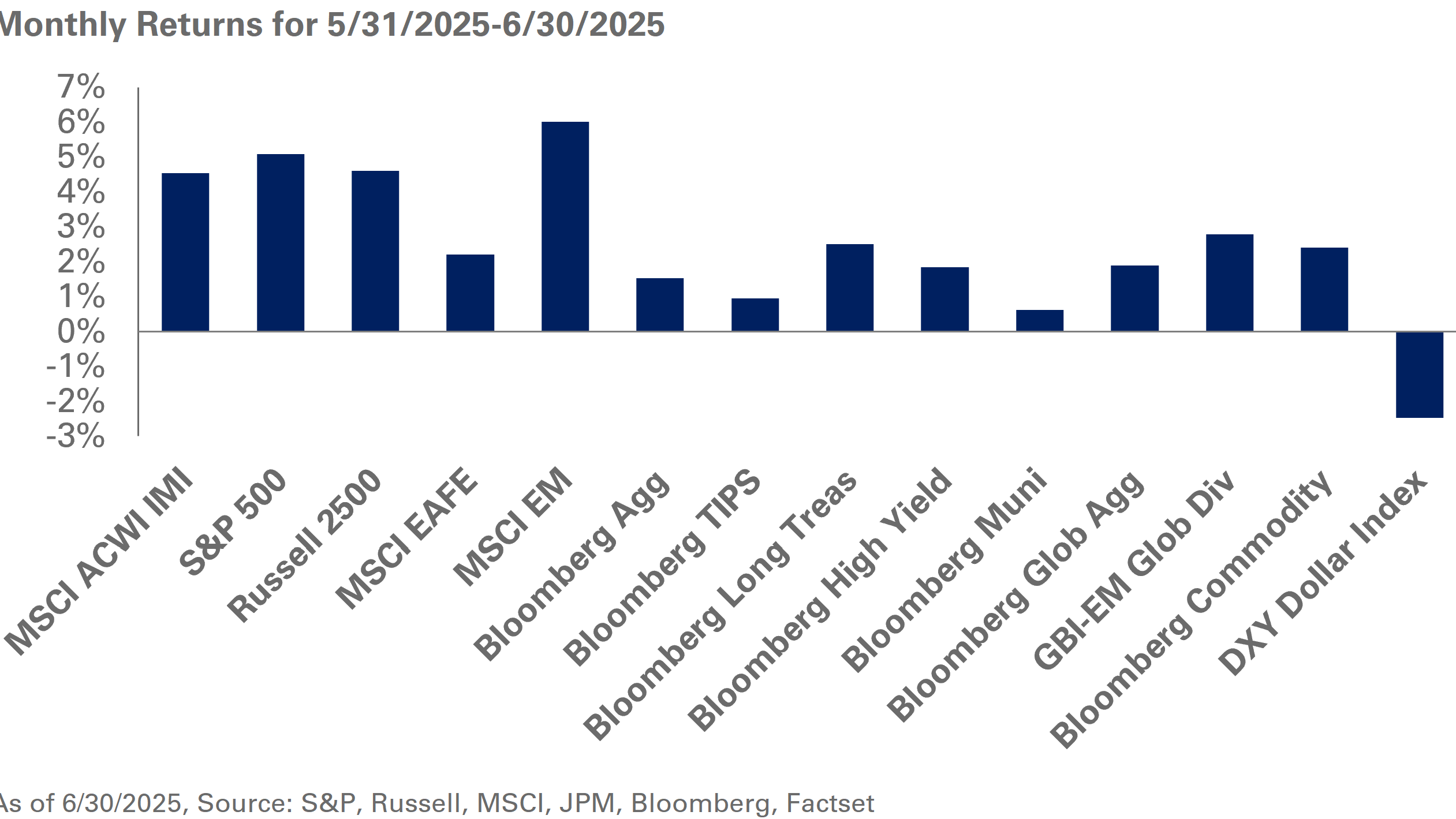Much to everyone’s surprise, the holidays brought us the biggest change in Defined Contribution Retirement Plan legislation we’ve seen in over a decade. The Setting Every Community Up for Retirement Enhancement (SECURE) Act was signed into law on December 20, 2019. The SECURE Act includes language that will impact the full range of savings and retirement instruments including defined contribution (DC) plans, defined benefit (DB) plans, individual retirement accounts (IRAs), and 529 college savings plans.
Several key SECURE Act rules focus on lifetime income concepts within defined contribution plans. Lifetime income has been a topic of conversation for more than a decade, but it still often feels inaccessible. When one hears or sees the words “lifetime income,” most people think of annuity products. Others think about how a lifetime of savings might translate into an income stream in their retirement years. When it comes to annuity products, plan sponsors have shown support for the annuity concept but have expressed concerns about the fiduciary requirements of selecting and monitoring an annuity provider. When it comes to translating balances into projected income streams, most record keepers will present estimates, but there is no common approach.
NEPC recently conducted a joint DC Innovations and Risks survey with Pension & Investments in September 2019. We asked several questions that addressed lifetime income concepts, including:
- What is the best way to ensure that participants do not outlive their assets – “Annuity or other retirement income offerings” was the top choice with 42%
- If Sponsors could mandate one thing – 35% said “provide guaranteed returns or guaranteed income at retirement”
- If Sponsors could pass one piece of legislation – 29% indicated “an in-plan retirement income safe harbor”
The SECURE Act attempts to solve the lifetime income puzzle by including a lifetime income annuity selection safe harbor. The Act also requires that the Department of Labor standardize the way participants’ lifetime income will be reported. An additional feature of the Act is the inclusion of a portability requirement, meaning that if an annuity offering is removed from a plan menu, participants will have the ability to roll the annuity investment into an IRA without penalty.
Although we do not expect annuity products to become universal overnight, we believe Plan Sponsors should prepare for the conversation about “lifetime income investments.” The first conversation should focus on what the rule includes and does not include and what the implications might be for your Plan. Sponsors will likely need to develop their own philosophy on lifetime income; for example, whether the intent is to offer participants simply a savings vehicle or a more comprehensive plan for retirement. Many new product offerings will likely be coming to the market place and NEPC will work with plan sponsors to evaluate the pros and cons of the various opportunities.
NEPC’s consultants will be educating you on these topics in the coming months. NEPC will conduct a DC Legal and Regulatory Update Webinar on January 28, 2020 at 2:00 PM (EST) where we share our thoughts on some key provisions of the SECURE ACT. Please reach out with any questions.



